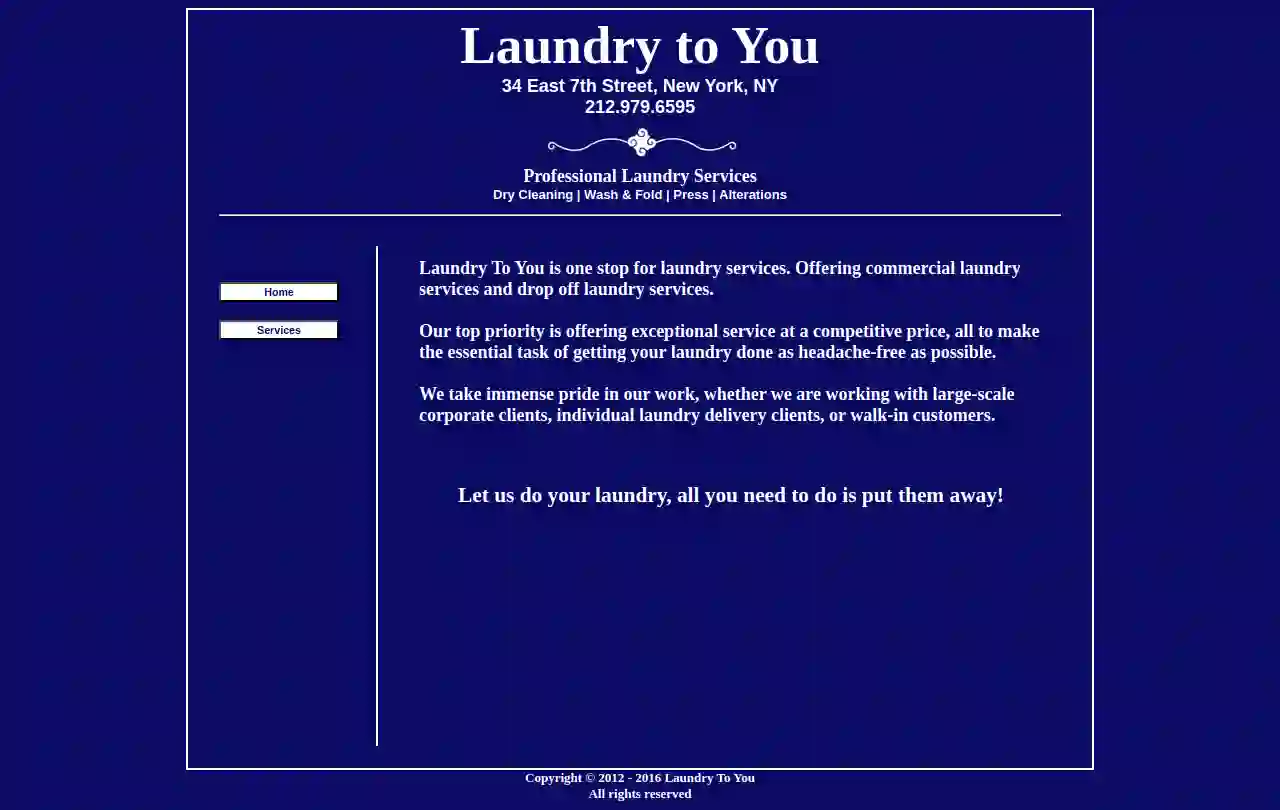Cleaning Services Akron
Find the best House Cleaning in Akron
Get 3 FREE House Cleaning quotes for your project today! Compare profiles, reviews, accreditations, portfolio, etc... and choose the best offer.

Team Clean
4.248 reviewsPhiladelphia, US- Services
- Why Us?
- Gallery
Get Quote
City Cleaning Company
4.773 reviews2318 Aramingo Ave., Philadelphia PA, Philadelphia, 19125, USCity Cleaning Company, Inc. is a full service firm keeping the Delaware Valley clean since 1941. Our job is to make your place of business, office, institution or industrial site spotless. And we will keep it that way, efficiently, reliably and without disrupting productivity. We provide scheduled, reliable service with awareness of changing needs. Supervisors are assigned to every job site and our teams are trained in thorough procedures for every aspect of cleaning. We are experts in all types of cleaning including post-construction clean-up, COVID-19 cleaning, janitorial - office and residential, electrostatic disinfection, graffiti removal, power washing, film set/event preparation and clean-up, and spotless windows - inside & out. We have been involved in virtually every major motion picture and television show that has been filmed in our area since 1995, including Unbreakable, The Sixth Sense, Beloved, Signs, Twelve Monkeys, The Village, Rocky Balboa, Transformers 2, The Lovely Bones, Creed, Creed II, Mare of Easttown, Dispatches from Elsewhere and Concrete Cowboy. We offer a variety of options to remove oil or water based paint, working to keep the integrity of your stone, brick or concrete. We are fully insured, and we are committed to the same principles of quality and integrity that we share with our clients. We are valued members of our community, and we appreciate how accessible and responsive the management is to our requests and concerns. We are a reliable service, fully insured, effective technologies. Let City Cleaning quote your next project.
- Services
- Why Us?
- Accreditations
- Our Team
- Testimonials
- Gallery
Get Quote
Prime Cleaning Services
4.611 reviewsYork, US- Services
- Why Us?
- Gallery
Get Quote
Smart Cleaning
4.758 reviewsYork, US- Services
- Why Us?
- Gallery
Get Quote
JAN-PRO Cleaning & Disinfecting in Philadelphia
4.998 reviewsPhiladelphia, US- Services
- Why Us?
- Gallery
Get Quote
Elite Service Group
4.582 reviewsYork, US- Services
- Why Us?
- Gallery
Get Quote
Bucks County Cleaning, Inc.
414 reviewsPhiladelphia, US- Services
- Why Us?
- Gallery
Get Quote
FMR Maintenance and Detailing
52 reviews123 Main St, Suite 100, CityName, 12345, USFMRCleaning is a professional cleaning service that offers a wide range of cleaning solutions tailored to meet the unique needs of each client. With a dedicated team of experienced professionals, FMRCleaning strives to provide top-notch cleaning services that enhance the cleanliness and appearance of your home or office. Our mission is to deliver exceptional cleaning experiences that exceed customer expectations, ensuring a healthier and more comfortable living and working environment.
- Services
- Why Us?
- Accreditations
- Our Team
- Testimonials
Get Quote
It's Clean Limited
4.831 reviewsYork, US- Services
- Why Us?
- Gallery
Get Quote
Laundry to You
4.434 reviews34 East 7th Street, New York, USAt Laundry to You, we provide professional laundry services in New York. Our team is dedicated to delivering high-quality dry cleaning, wash and fold, and press services. We also offer alterations to ensure your clothes look their best. With over 4 years of experience, we have established ourselves as a trusted and reliable laundry service provider in the area. Our commitment to customer satisfaction and attention to detail has earned us a reputation for excellence. Whether you need a one-time laundry service or regular pickups, we are here to help. Contact us today to learn more about our services and how we can meet your laundry needs.
- Services
- Why Us?
- Gallery
Get Quote
Over 60,241+ Janitorial Services on our platform
Our cleaning service providers operate in Akron and surroundings!
CleaningMatch has curated and vetted Top Janitorial Businesses in Akron. Find a top & reliable contractor today.
Frequently Asked Questions About Cleaning Services
- Communicate clearly: Before the cleaning, communicate your expectations and any specific cleaning requirements. Provide a list of areas you want them to focus on or any tasks you want them to prioritize.
- Provide access: Ensure the cleaners have access to all the areas that need cleaning. Unlock doors, clear clutter, and provide any necessary instructions.
- Walk through after cleaning: Once the cleaning is complete, do a walk-through with the cleaners to inspect their work. Address any concerns or areas that need attention.
- Provide feedback: Give the cleaning service feedback on their performance. Let them know what you were happy with and any areas they can improve.
- Build a relationship: Establish a good relationship with the cleaning service by communicating openly, treating them with respect, and providing clear instructions.
- Residential Cleaning: Covers cleaning homes, apartments, and other living spaces.
- Commercial Cleaning: Focuses on cleaning offices, retail stores, and other business establishments.
- Deep Cleaning: A thorough and intensive cleaning that covers areas often neglected during regular cleaning.
- Move-In/Move-Out Cleaning: Comprehensive cleaning performed before or after moving into or out of a property.
- Post-Construction Cleaning: Specialized cleaning after construction or renovation projects to remove debris and dust.
- Specialized Cleaning: Includes services like carpet cleaning, window cleaning, upholstery cleaning, and more.
- Weekly: Suitable for busy households with children or pets, ensuring a consistently clean and healthy environment.
- Bi-weekly: A good option for smaller households or those who maintain a relatively clean home.
- Monthly: May be sufficient for individuals or couples who live a minimalist lifestyle.
- Quarterly or Annually: Can be suitable for deep cleaning or seasonal cleaning tasks.
- Cleaning: Removing dirt, dust, and debris from surfaces using soap or detergent and water. It improves the appearance and removes visible contaminants.
- Sanitizing: Reducing the number of bacteria on surfaces to a safe level. It uses chemical disinfectants or heat to kill or inactivate bacteria.
- Disinfecting: Killing or inactivating most disease-causing microorganisms on surfaces. It uses stronger chemical disinfectants than sanitizing and targets a wider range of pathogens.
How can I make sure my cleaning service does a good job?
Clear communication, a thorough inspection, and constructive feedback are key to getting the best results from your cleaning service.
What are the different types of cleaning services?
The best type of cleaning service depends on your specific needs, the size and condition of the property, and your budget.
How often should I have my house cleaned?
You can adjust the frequency based on your needs and budget. Some people opt for weekly cleaning for high-traffic areas like kitchens and bathrooms and bi-weekly cleaning for the rest of the house.
What is the difference between cleaning, sanitizing, and disinfecting?
Cleaning is usually the first step, followed by sanitizing or disinfecting depending on the level of hygiene required.
How can I make sure my cleaning service does a good job?
- Communicate clearly: Before the cleaning, communicate your expectations and any specific cleaning requirements. Provide a list of areas you want them to focus on or any tasks you want them to prioritize.
- Provide access: Ensure the cleaners have access to all the areas that need cleaning. Unlock doors, clear clutter, and provide any necessary instructions.
- Walk through after cleaning: Once the cleaning is complete, do a walk-through with the cleaners to inspect their work. Address any concerns or areas that need attention.
- Provide feedback: Give the cleaning service feedback on their performance. Let them know what you were happy with and any areas they can improve.
- Build a relationship: Establish a good relationship with the cleaning service by communicating openly, treating them with respect, and providing clear instructions.
Clear communication, a thorough inspection, and constructive feedback are key to getting the best results from your cleaning service.
What are the different types of cleaning services?
- Residential Cleaning: Covers cleaning homes, apartments, and other living spaces.
- Commercial Cleaning: Focuses on cleaning offices, retail stores, and other business establishments.
- Deep Cleaning: A thorough and intensive cleaning that covers areas often neglected during regular cleaning.
- Move-In/Move-Out Cleaning: Comprehensive cleaning performed before or after moving into or out of a property.
- Post-Construction Cleaning: Specialized cleaning after construction or renovation projects to remove debris and dust.
- Specialized Cleaning: Includes services like carpet cleaning, window cleaning, upholstery cleaning, and more.
The best type of cleaning service depends on your specific needs, the size and condition of the property, and your budget.
How often should I have my house cleaned?
- Weekly: Suitable for busy households with children or pets, ensuring a consistently clean and healthy environment.
- Bi-weekly: A good option for smaller households or those who maintain a relatively clean home.
- Monthly: May be sufficient for individuals or couples who live a minimalist lifestyle.
- Quarterly or Annually: Can be suitable for deep cleaning or seasonal cleaning tasks.
You can adjust the frequency based on your needs and budget. Some people opt for weekly cleaning for high-traffic areas like kitchens and bathrooms and bi-weekly cleaning for the rest of the house.
What is the difference between cleaning, sanitizing, and disinfecting?
- Cleaning: Removing dirt, dust, and debris from surfaces using soap or detergent and water. It improves the appearance and removes visible contaminants.
- Sanitizing: Reducing the number of bacteria on surfaces to a safe level. It uses chemical disinfectants or heat to kill or inactivate bacteria.
- Disinfecting: Killing or inactivating most disease-causing microorganisms on surfaces. It uses stronger chemical disinfectants than sanitizing and targets a wider range of pathogens.
Cleaning is usually the first step, followed by sanitizing or disinfecting depending on the level of hygiene required.